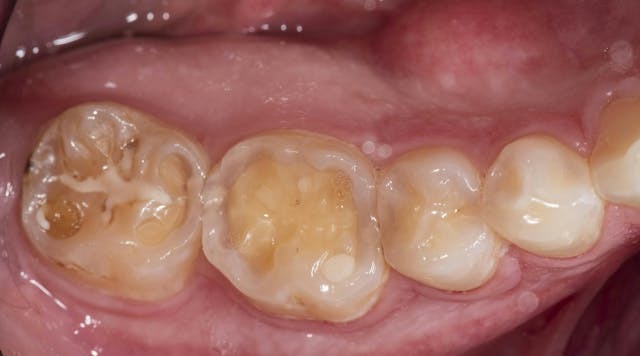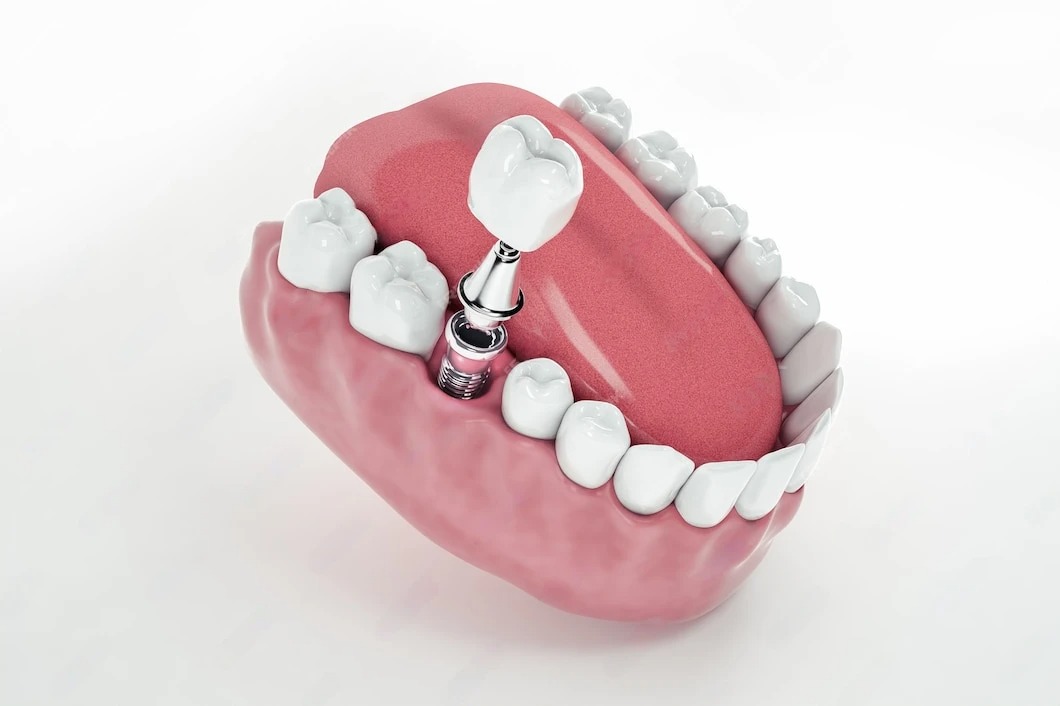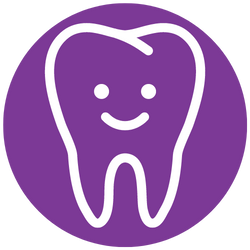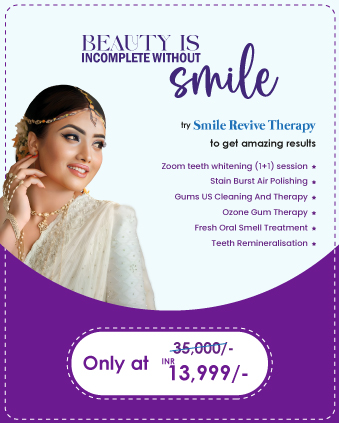Laser dentistry has revolutionized the field of dentistry, offering patients minimally invasive and precise treatment options for a wide range of dental procedures. From gum disease treatment to cavity preparation and teeth whitening, lasers have become an integral part of modern dental practice. As technology continues to advance, the future of laser dentistry holds even more promise, with emerging technologies and trends shaping the way dental care is delivered. In this article, we will explore the evolving landscape of laser dentistry, highlighting key advancements, potential applications, and future trends that are poised to transform the field.
Advancements in Laser Dentistry
- Photonics and Nanotechnology:
One of the most significant advancements in laser dentistry is the integration of photonics and nanotechnology. These cutting-edge technologies enable the development of smaller, more precise laser devices with enhanced capabilities for targeting specific dental tissues and structures. Nanotechnology-based materials, such as nanoparticles and nanocomposites, are being explored for applications in dental restorations, implants, and tissue regeneration, paving the way for more advanced and durable dental treatments. - Smart Lasers with Artificial Intelligence (AI):
The integration of artificial intelligence (AI) into laser systems is another exciting development in laser dentistry. Smart lasers equipped with AI algorithms can analyze patient data, assess oral health conditions, and customize treatment parameters in real-time. By incorporating machine learning and predictive analytics, AI-powered lasers can optimize treatment outcomes, minimize procedural errors, and improve overall efficiency in dental practice. - Multi-Wavelength Lasers:
Multi-wavelength lasers, capable of emitting multiple wavelengths of light simultaneously, offer greater versatility and precision in dental procedures. These advanced laser systems allow dentists to target different types of dental tissues with optimal wavelengths for specific applications, such as soft tissue surgery, hard tissue ablation, and microbial decontamination. By combining multiple wavelengths, dentists can achieve more comprehensive and efficient treatment outcomes while minimizing collateral damage to surrounding tissues. - Non-Invasive Diagnostic Imaging:
In addition to therapeutic applications, lasers are increasingly being utilized for non-invasive diagnostic imaging in dentistry. Laser-based imaging technologies, such as optical coherence tomography (OCT) and laser fluorescence (LF), provide high-resolution, real-time visualization of dental tissues, enabling early detection and monitoring of dental caries, periodontal disease, and oral lesions. These non-invasive imaging modalities enhance diagnostic accuracy, facilitate treatment planning, and improve patient outcomes. - Photobiomodulation Therapy:
Photobiomodulation therapy, also known as low-level laser therapy (LLLT) or cold laser therapy, is gaining recognition as a promising adjunctive treatment modality in dentistry. By delivering low-intensity laser light to targeted areas of the oral cavity, photobiomodulation therapy can stimulate cellular metabolism, reduce inflammation, accelerate wound healing, and alleviate pain associated with various dental conditions, including temporomandibular joint disorders (TMD), oral mucositis, and postoperative discomfort.
Future Trends in Laser Dentistry
- Personalized Dental Care:
The future of laser dentistry is moving towards personalized dental care, where treatment approaches are tailored to each patient’s unique oral health needs, preferences, and genetic profiles. Advances in genomic dentistry and precision medicine will enable dentists to develop personalized treatment plans based on genetic predispositions, risk factors, and biomarkers, optimizing treatment outcomes and preventive care strategies. - Teledentistry and Remote Monitoring:
With the rise of telehealth and digital dentistry, teledentistry platforms and remote monitoring solutions will play an increasingly prominent role in laser dentistry. Dentists will be able to remotely assess patient oral health status, conduct virtual consultations, and monitor treatment progress using advanced imaging technologies and connected devices. Teledentistry offers greater accessibility, convenience, and continuity of care for patients, particularly in underserved or remote areas. - Regenerative Dentistry and Tissue Engineering:
Regenerative dentistry and tissue engineering hold immense potential for restoring damaged or lost dental tissues through the use of biocompatible scaffolds, growth factors, and stem cells. Laser technologies, such as photobiomodulation therapy and laser-assisted tissue engineering, can promote tissue regeneration, enhance wound healing, and facilitate the integration of dental implants and biomaterials. These regenerative approaches offer new possibilities for repairing and rebuilding damaged dental structures, including teeth, gums, and bone. - Minimally Invasive and Painless Procedures:
As laser technology continues to evolve, the future of laser dentistry will focus on delivering minimally invasive and painless dental procedures with minimal discomfort and downtime for patients. Advances in laser-assisted anesthesia delivery systems, precision-guided laser ablation techniques, and real-time feedback mechanisms will enable dentists to perform a wide range of dental treatments with greater precision, efficiency, and patient comfort.
Conclusion
The future of laser dentistry is bright, with emerging technologies and trends poised to revolutionize the way dental care is delivered. From photonics and nanotechnology to artificial intelligence and regenerative therapies, lasers are unlocking new possibilities for personalized, minimally invasive, and effective dental treatments. By embracing these advancements and staying at the forefront of innovation, dental professionals can enhance patient outcomes, improve oral health outcomes, and shape the future of dentistry for generations to come.









